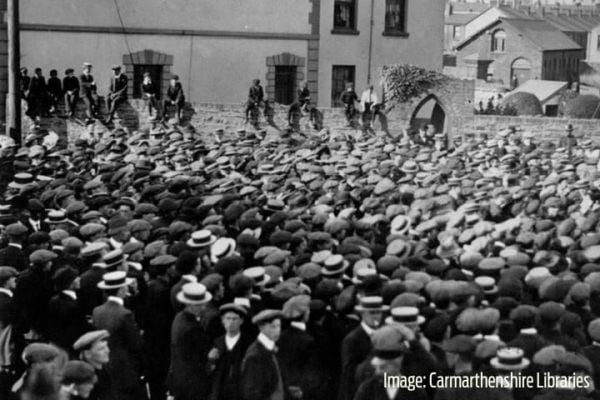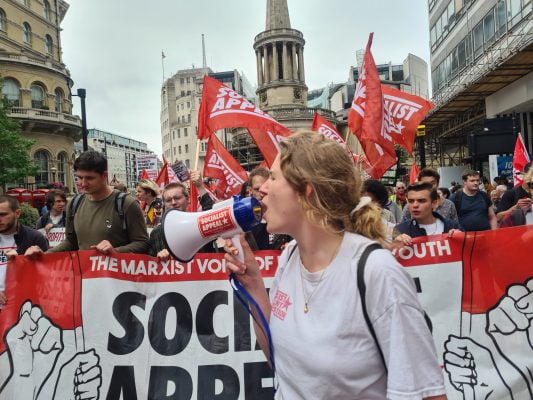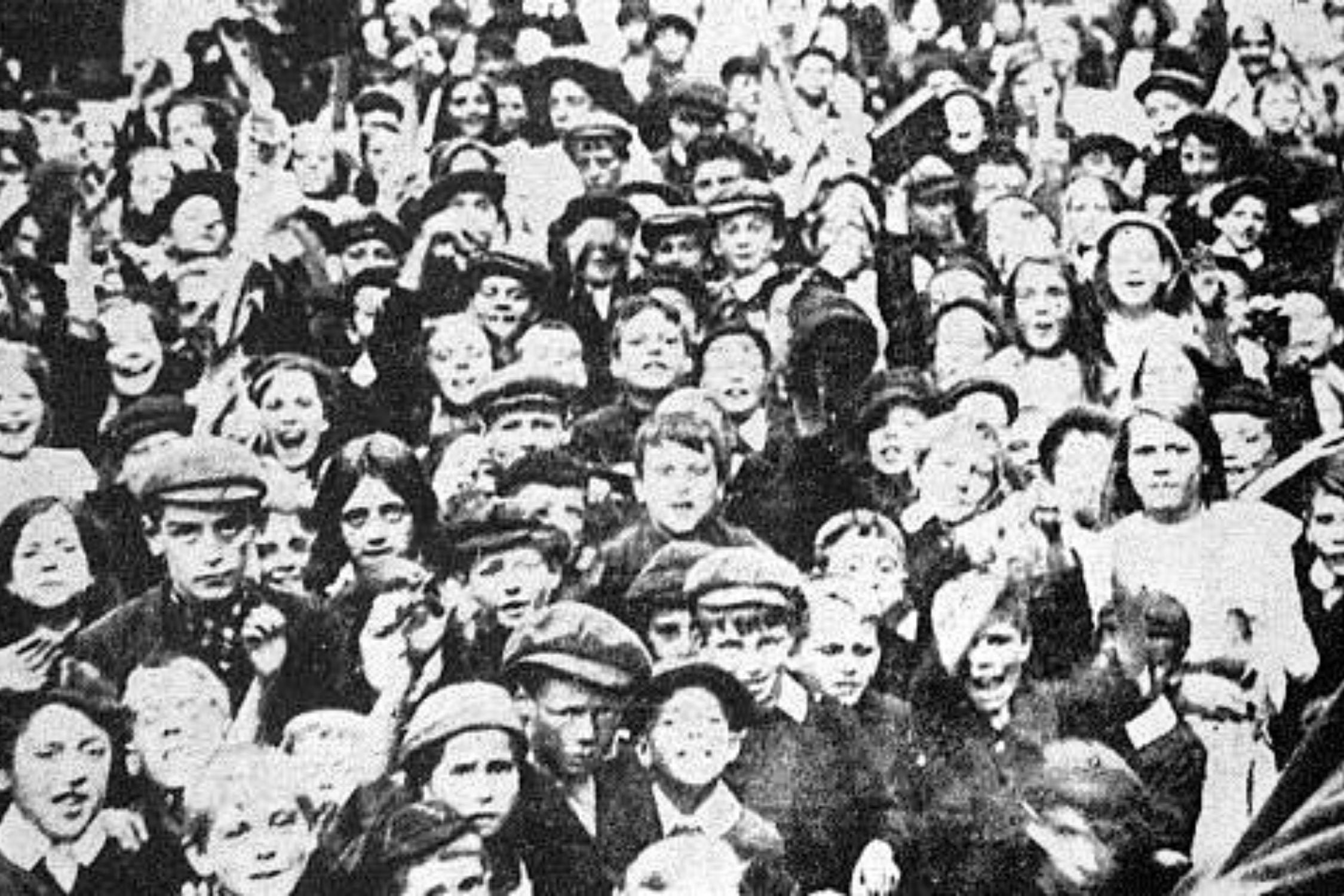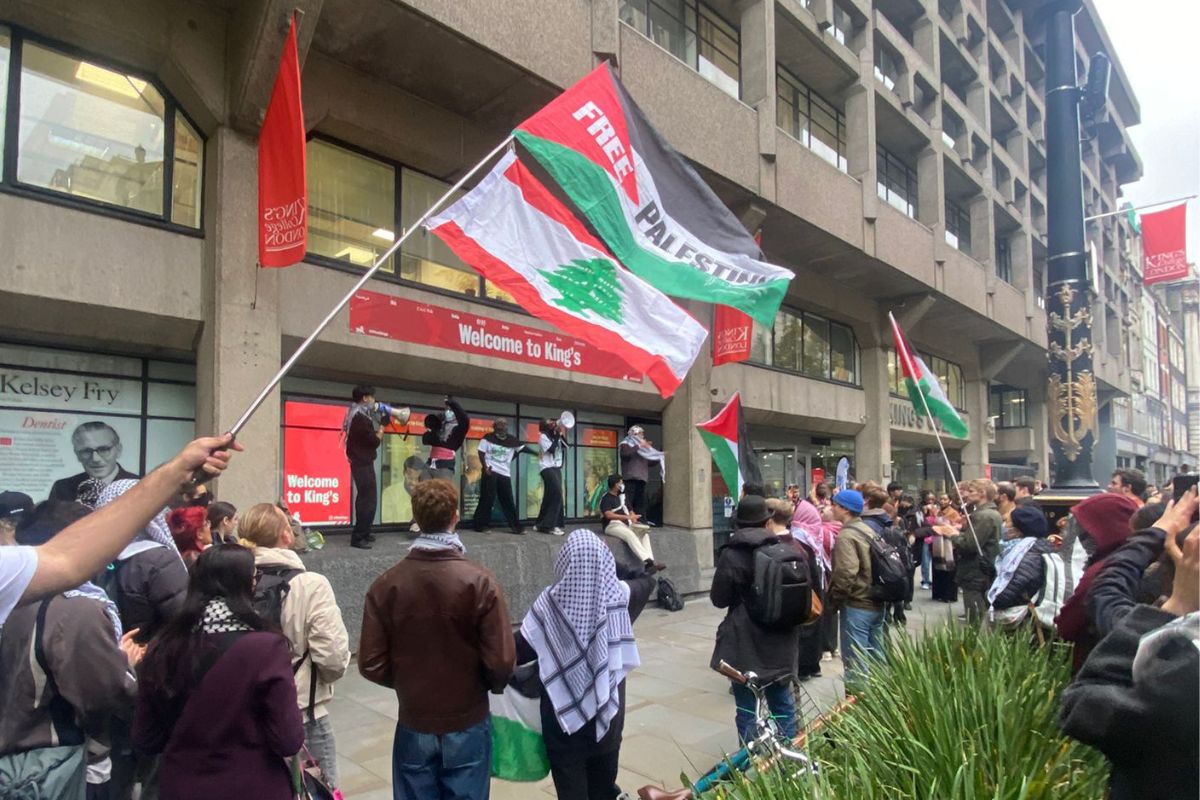In the summer of 1911, unrest broke out in every industrial town in Britain. The superficial calm of Edwardian Britain had already broken the year before. And by the next year the first ever national strikes had been waged – in transport and the mines.
In the runup to the First World War, the working class in Britain was on the offensive. This period came to be known as the Great Unrest by labour movement historians.
The prolonged pre-war upswing of capitalism, ushered in by the defeat of the Paris Commune, was finally drawing to a close. Imperialist tensions were increasing, and the capitalists were stepping up their attacks on the working class across the board.
In previous decades, the working class had been held back by the conservative top layers of the labour movement. But beginning with the emergence of radical New Unionism in the late 1880s, new militant traditions were being forged. The Great Unrest represented a deepening of this process.
Starting with seamen and firemen in Southampton, the 1911 summer strike movement swept the ports like wildfire. It was in the waterfront jungles and dense slums of Hull, Dundee, Glasgow, Liverpool, and London that the struggle raged most fiercely.
Courage and solidarity

In the aftermath of this, and learning directly from it, the school children in these areas came out on strike. The first action was likely in Llanelli, where two striking railwaymen had been shot dead. Within days, elementary schools in every industrial town were affected.
According to some estimates, around 62 towns had ‘school strikes’ in the September of 1911. This was completely unprecedented.
Crowds of boys paraded outside of schools, calling out others. Rolling columns, akin to flying pickets, were organised by strike committees. In Hull and Dundee, where the strikes had most support, thousands of children marched through the streets carrying placards to advertise their demands.
In most cases, the combined threat of head-teachers, police, and magistrates were sufficient to break up the courage and solidarity of the children.
Class demands
These were the children of those workers who had begun to raise their heads; the dock labourers and warehouse workers who had begun to organise against the most horrific conditions imaginable.
As the local newspapers commented at the time:
“First the sailors and dockers; then the millers, cement workers, timber workers, railway men, newsboys, factory girls, and now the school boys.” (Hull Daily News)
“Their conduct of the strike reveals a close intimacy with the methods employed in the railway and dockers’ strikes.” (Birmingham Daily Mail)
But neither was it lost on the boys. “Our fathers starved to get what they want,” one child is reported to have told a reporter. “What our fathers have done, we can do.”
These youthful members of working-class communities saw their fathers stand up for themselves and fight, and gathered the courage to do the same.
Their demands varied from area to area. But ever present was the demand to abolish the cane. Calls for payment and for free meals were also common. In Leicester, the school children carried banners saying: “We want 30s [shillings] a week and less hours per day.”
Learning to fight
The ruling class was scared stiff of these movements. A rising generation of young workers was already learning to fight. This struck terror into the bosses’ hearts.
They had every reason to be scared. All of these children were old enough to have been hurled into the carnage of the First World War. Those who came back would have been around 21 years old when revolutionary events broke out in Britain in the wake of the Russian Revolution.
Many of these very same school strikers of 1911 were likely in the vanguard in postwar industrial battles. By the 1926 General Strike, they would have been seasoned fighters.
Radicalisation

In 2023, the ruling class is similarly terrified by the radicalisation of young people. Not only are a significant majority in favour of socialism, and against capitalism, but movements like the climate strikes and Black Lives Matter have proven that they are willing to fight against injustice and oppression.
No wonder, then, that the Tories have moved to ban anti-capitalist ideas in schools. But the ruling class cannot stem the tide.
As Lenin noted, the youth are always the first to undertake self-sacrificing struggle. And now, once again, the youth are learning from the example set by the organised working class.
The Marxist Student Federation – the youth wing of Socialist Appeal – is organising a new generation of students and young workers in the fight for revolution. We call on you to join us!
[This article is based on material from the January 1974 issue of the Militant International Review – the theoretical journal of the Militant tendency.]






